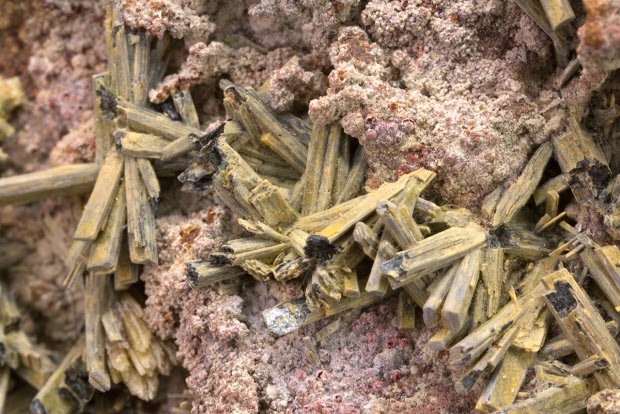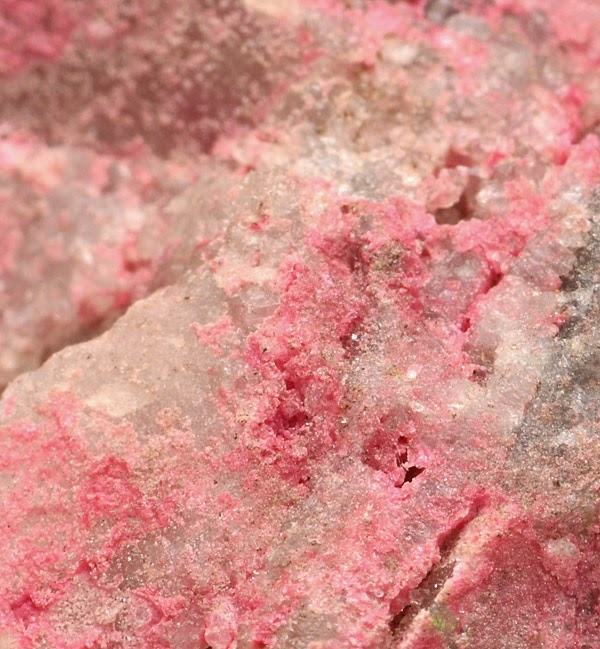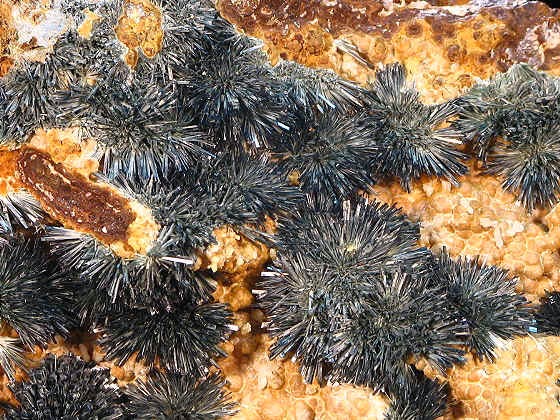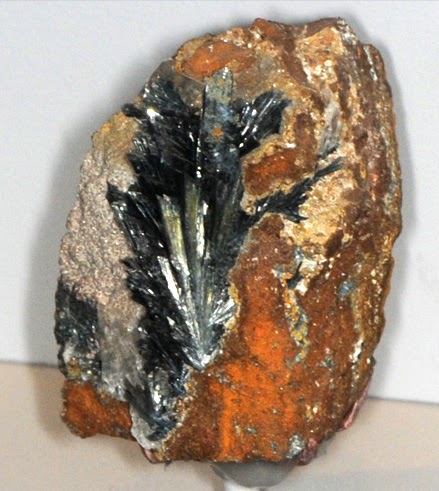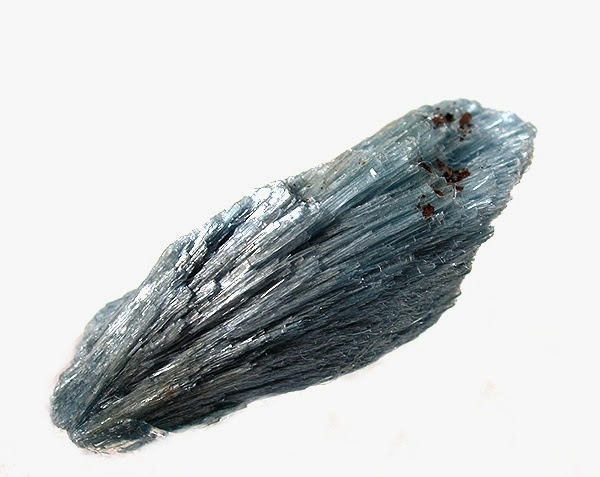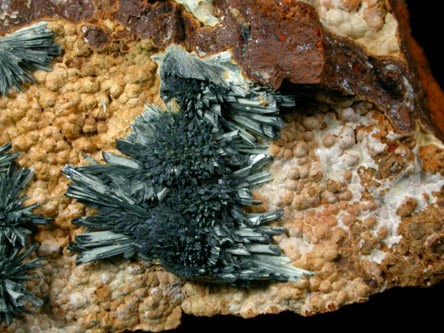
Chemical Formula: Zn3(AsO4)2·8H2O
Locality: Daniel mine, Scheeberg, Saxony, Germany.
Name Origin: Named for Otto Köttig (1824-1892), chemist of Schneeberg, Saxony, Germany.
Köttigite is a rare hydrated zinc arsenate which was discovered in 1849 and named by James Dwight Dana in 1850 in honour of Otto Friedrich Köttig (1824 – 1892), a German chemist from Schneeberg, Saxony, who made the first chemical analysis of the mineral. It has the formula Zn3(AsO4)2·8H2O and it is a dimorph of metaköttigite, which means that the two minerals have the same formula, but a different structure: köttigite is monoclinic and metaköttigite is triclinic. There are several minerals with similar formulae but with other cations in place of the zinc. Iron forms parasymplesite Fe2+3(AsO4)2.8H2O; cobalt forms the distinctively coloured pinkish purple mineral erythrite Co3(AsO4)2.8H2O and nickel forms annabergite Ni3(AsO4)2.8H2O. Köttigite forms series with all three of these minerals and they are all members of the vivianite group.
Physical Properties
Color: Red, Brownish.
Density: 3.33
Diaphaneity: Translucent
Hardness: 2.5-3 – Finger Nail-Calcite
Luster: Silky
Photos :
